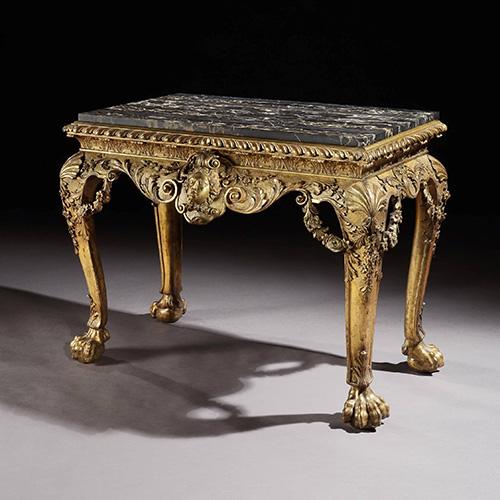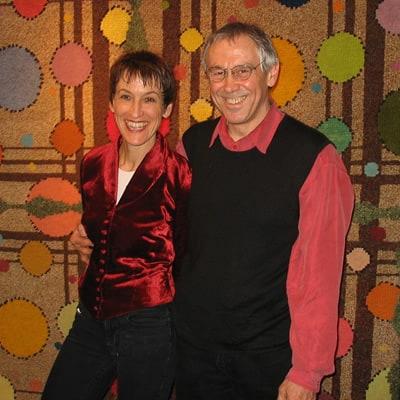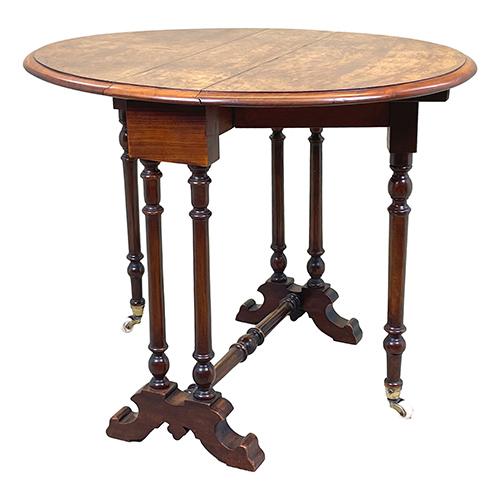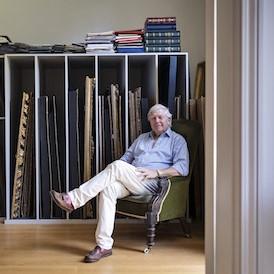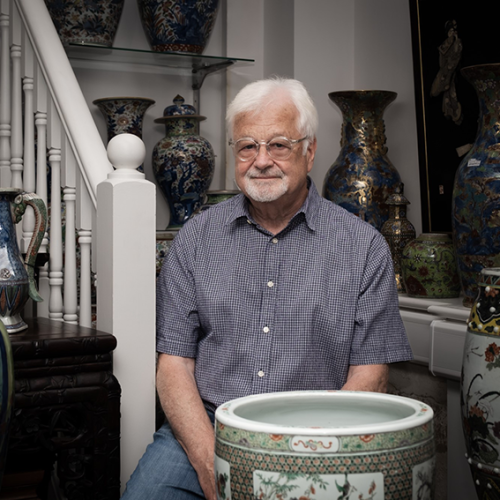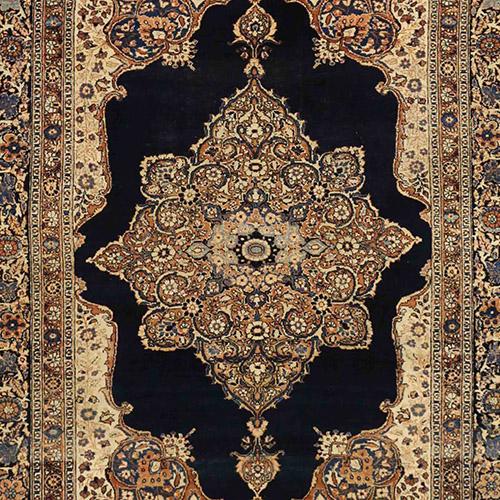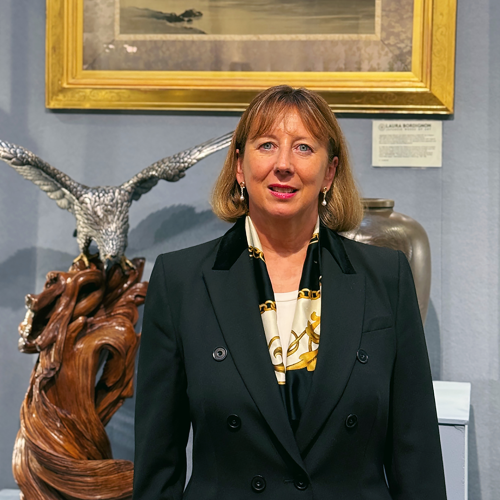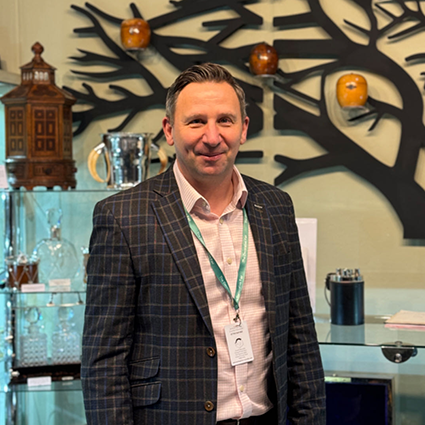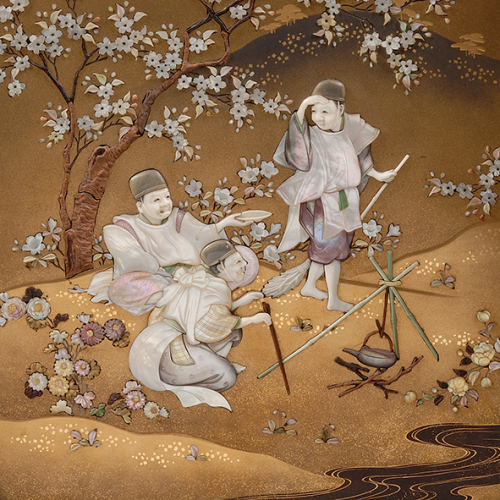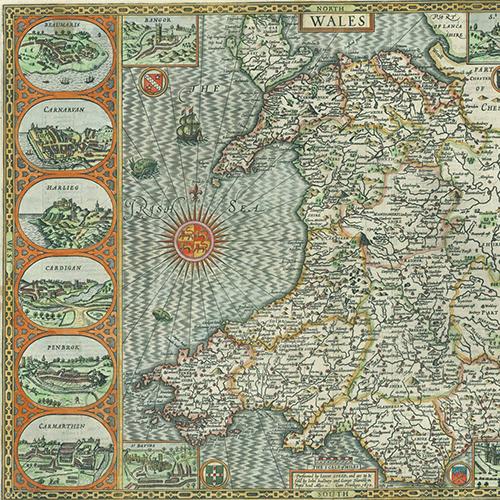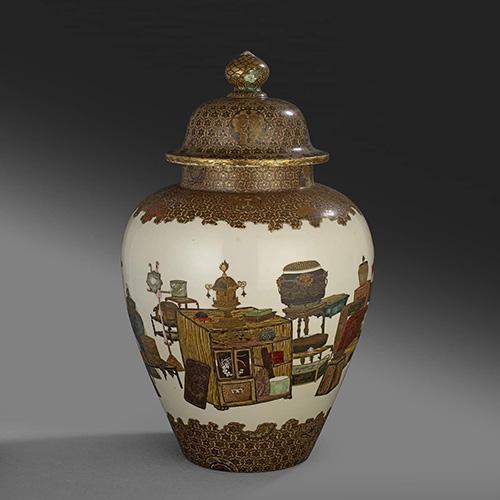
The Makers Series: William Kent
The foremost architect of the early Georgian era, through his country houses, furniture design and landscape architecture, William Kent determined the design aesthetic that would define the Hanoverian period.
Born in 1685, Kent was actually christened William Cant, to William and Esther Cant of the town of Bridlington in Yorkshire’s East Riding. Having shown an early enthusiasm for painting and the arts, William’s professional career began in humble circumstances as apprentice to a signwriter and coach painter.


